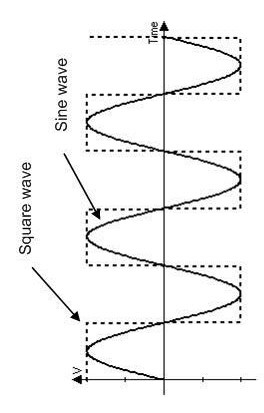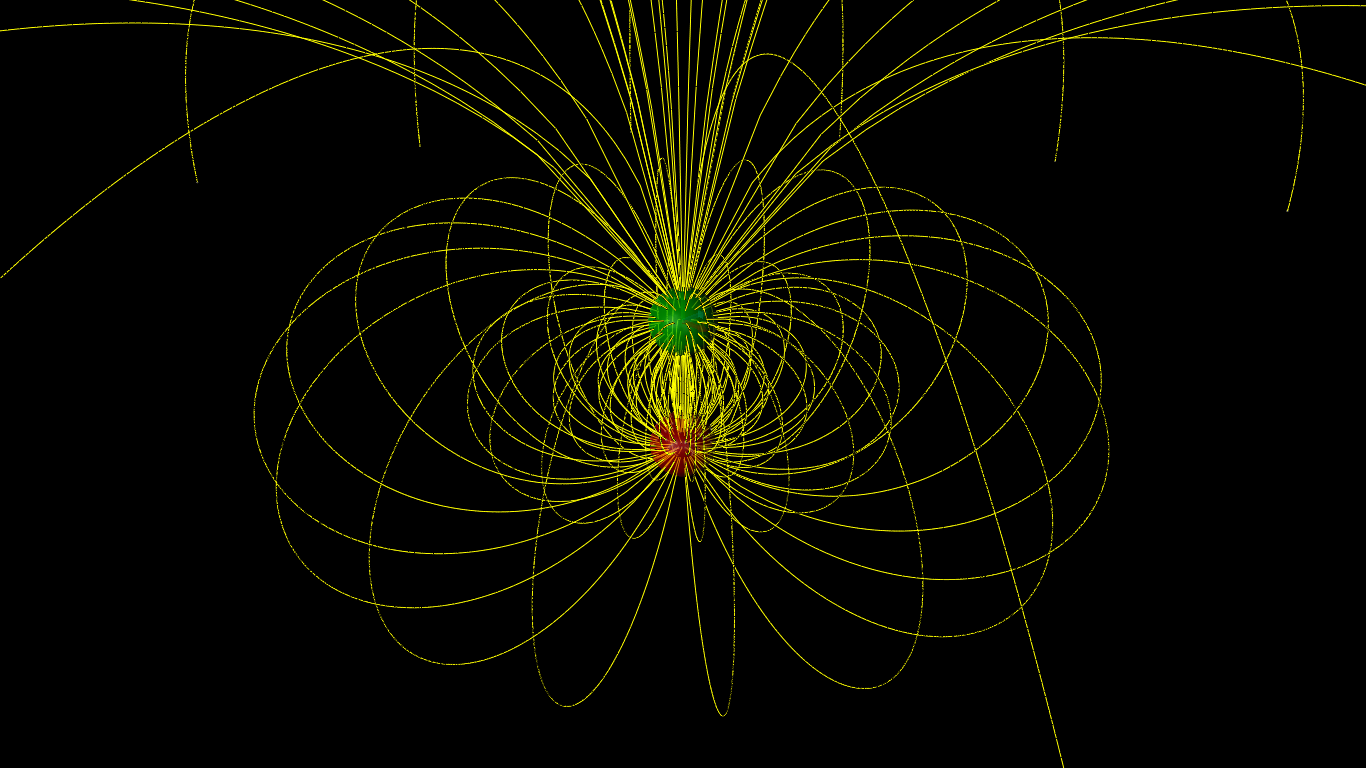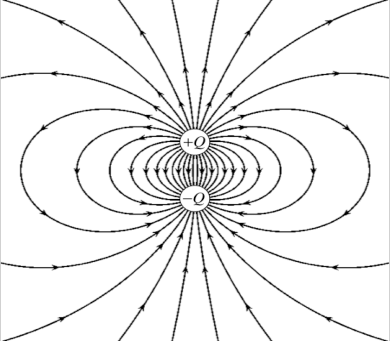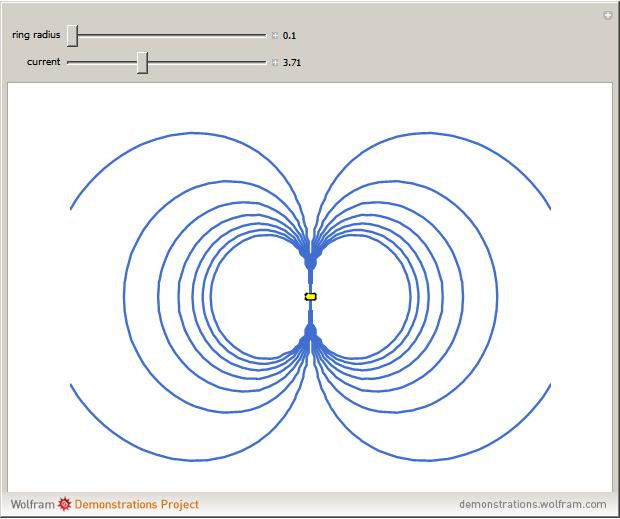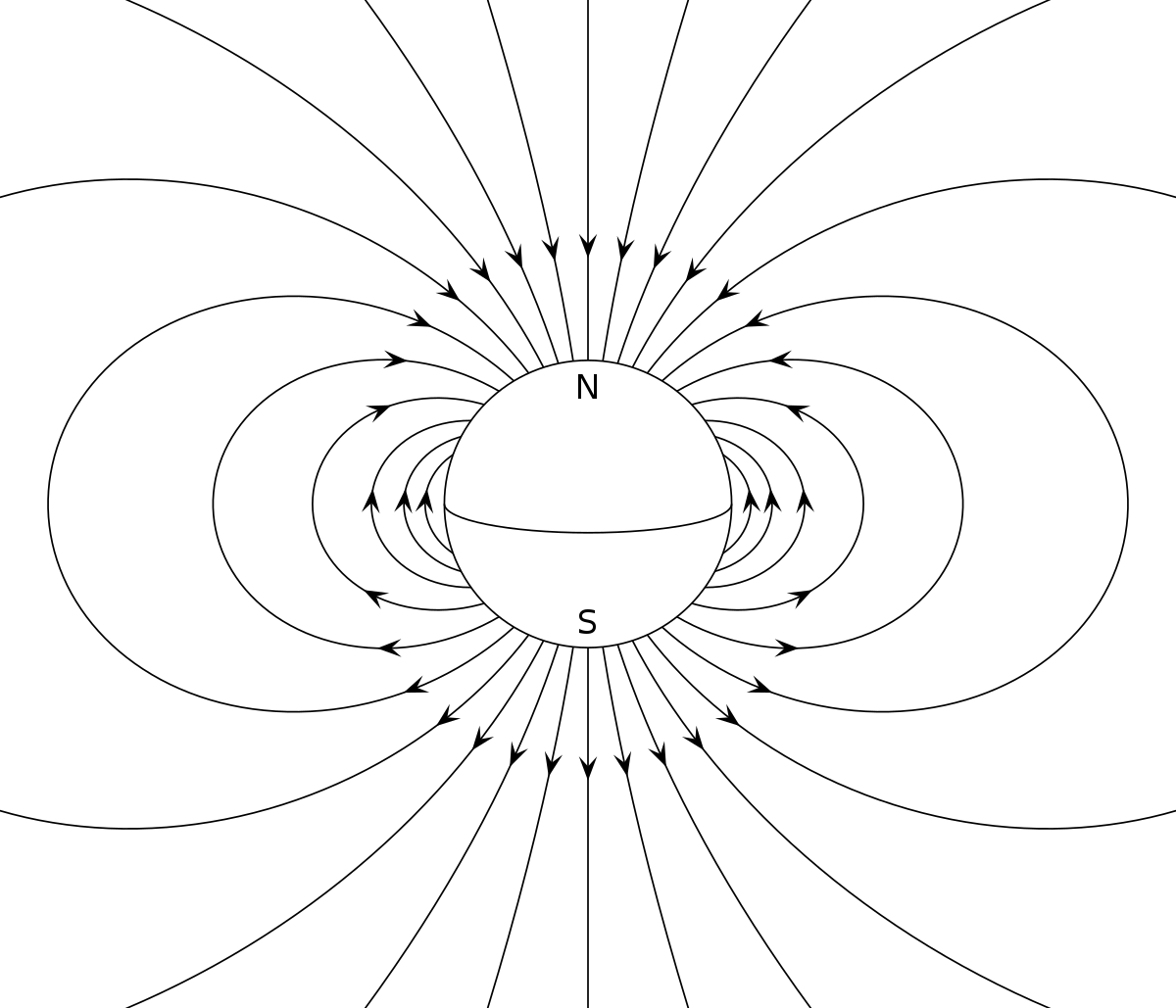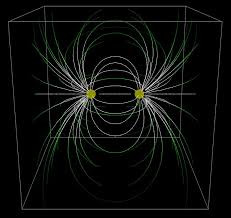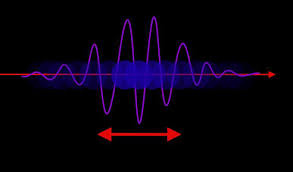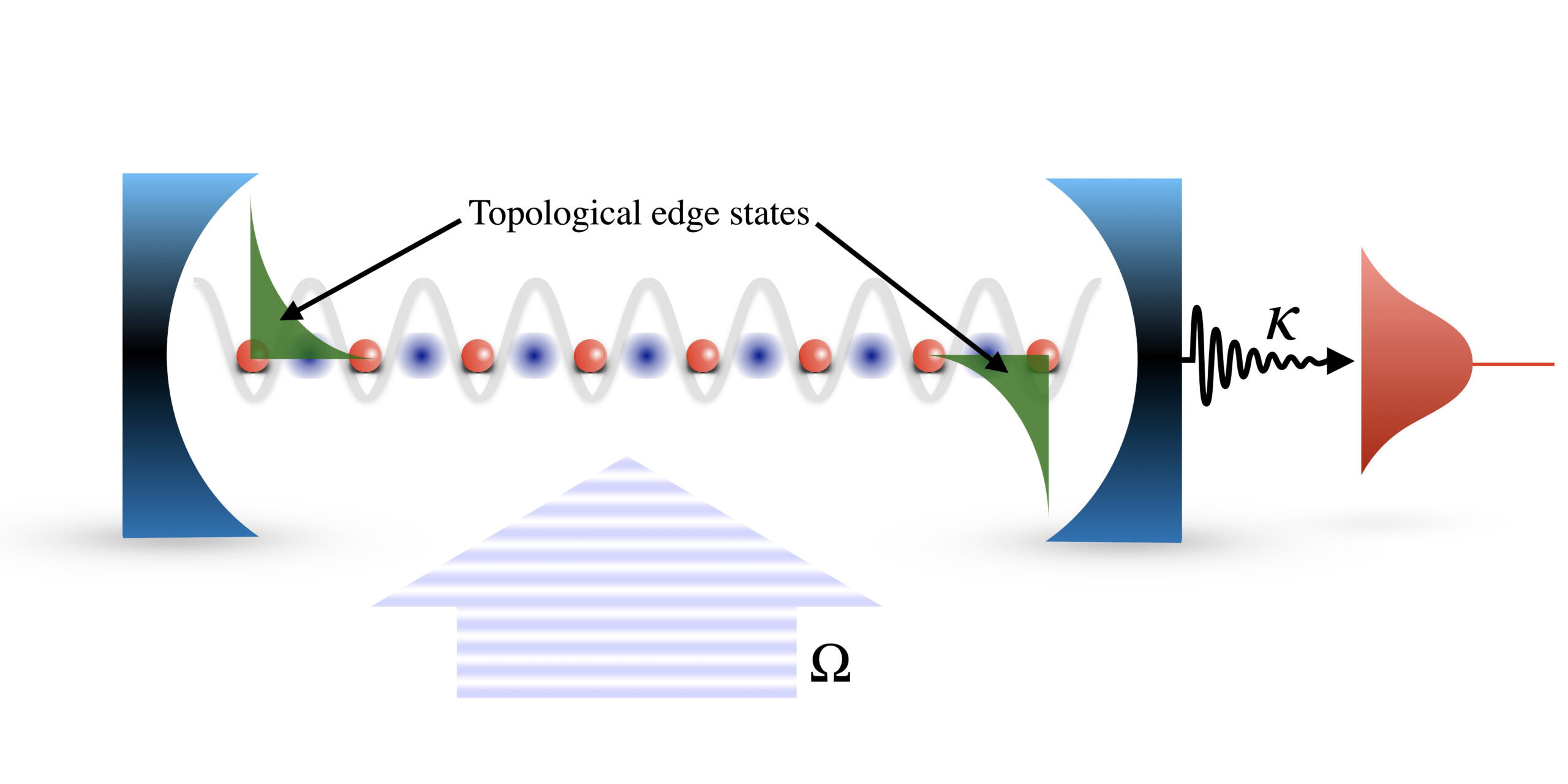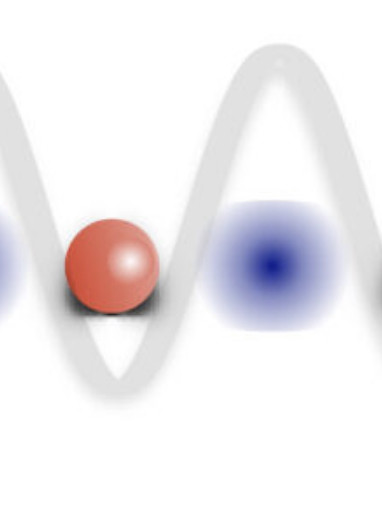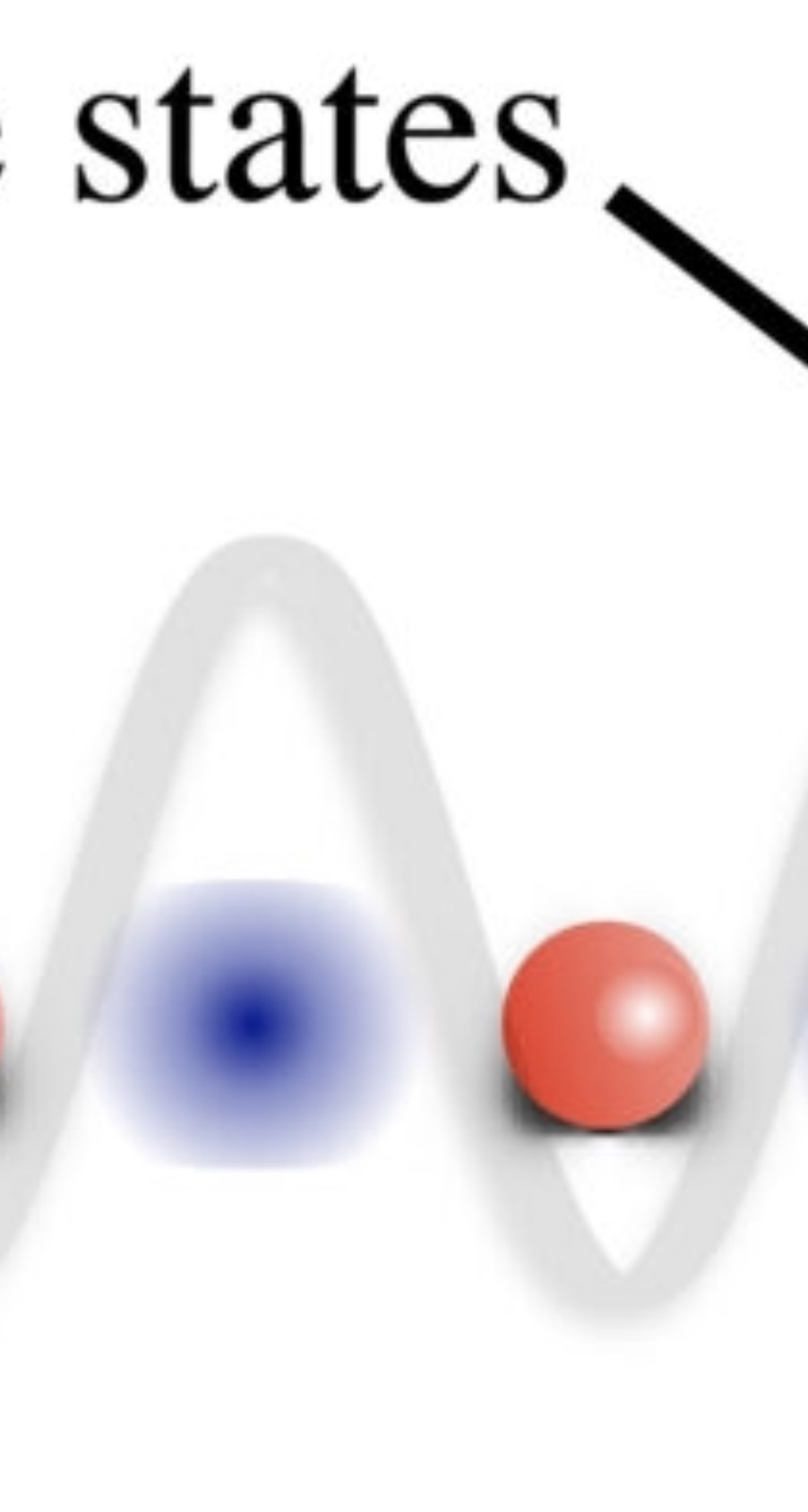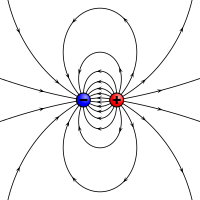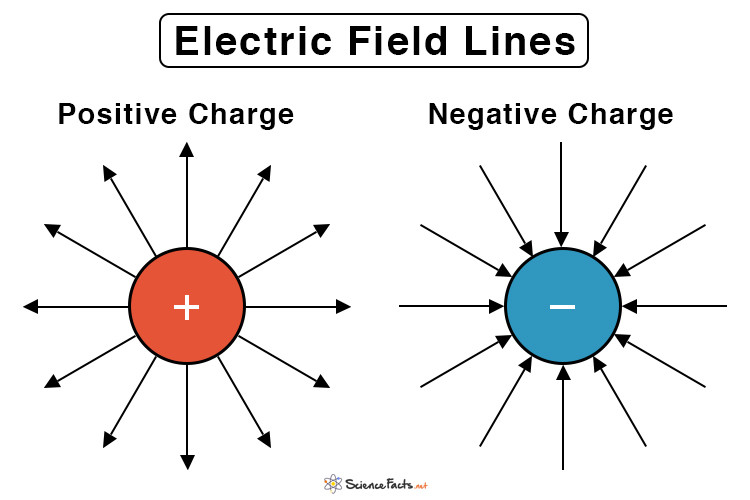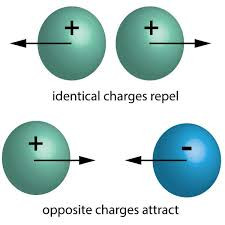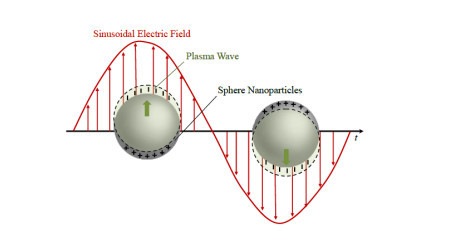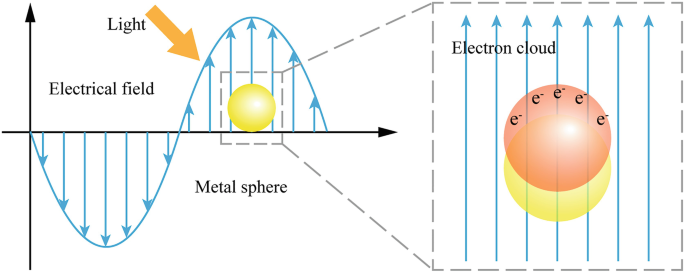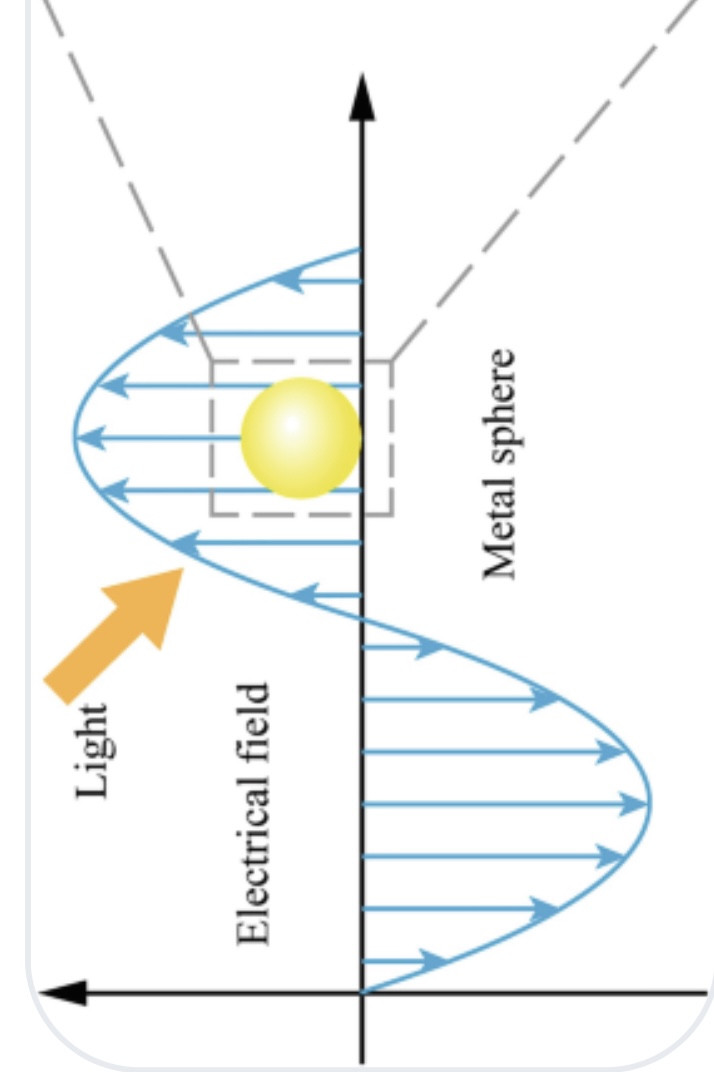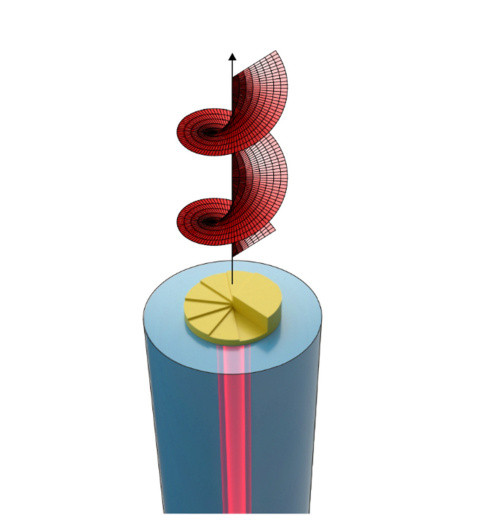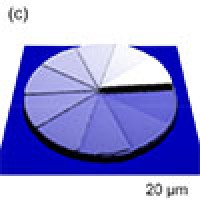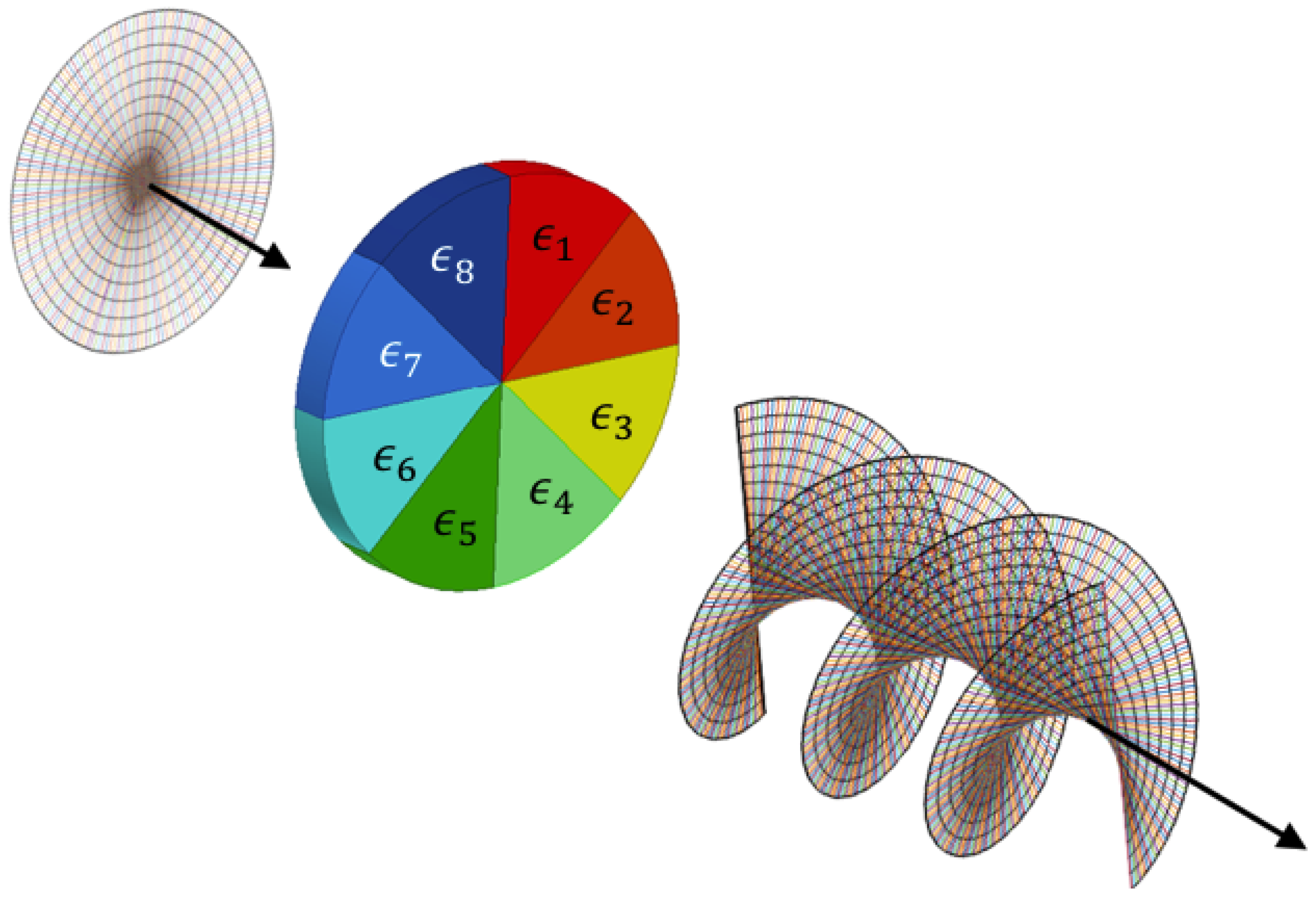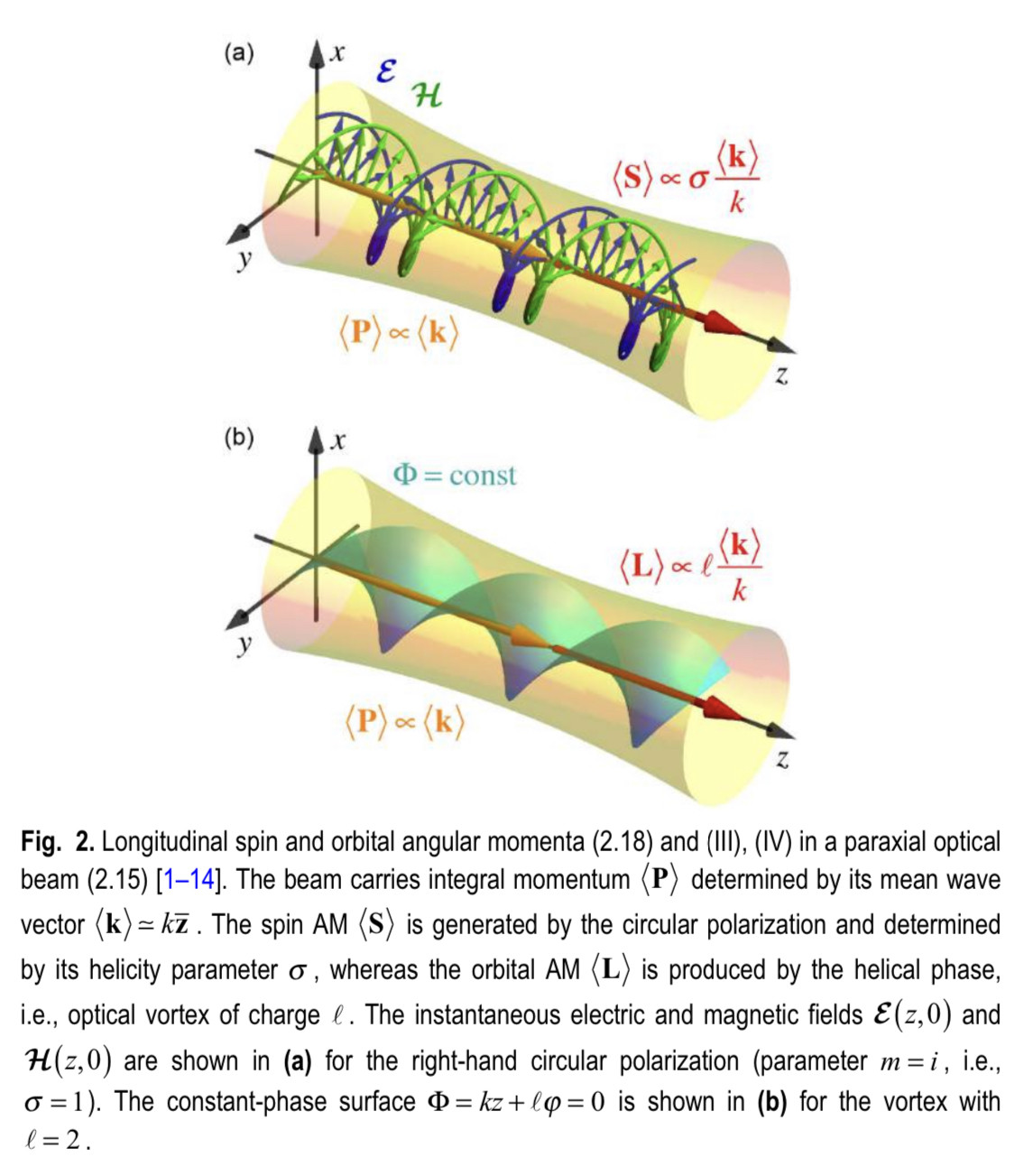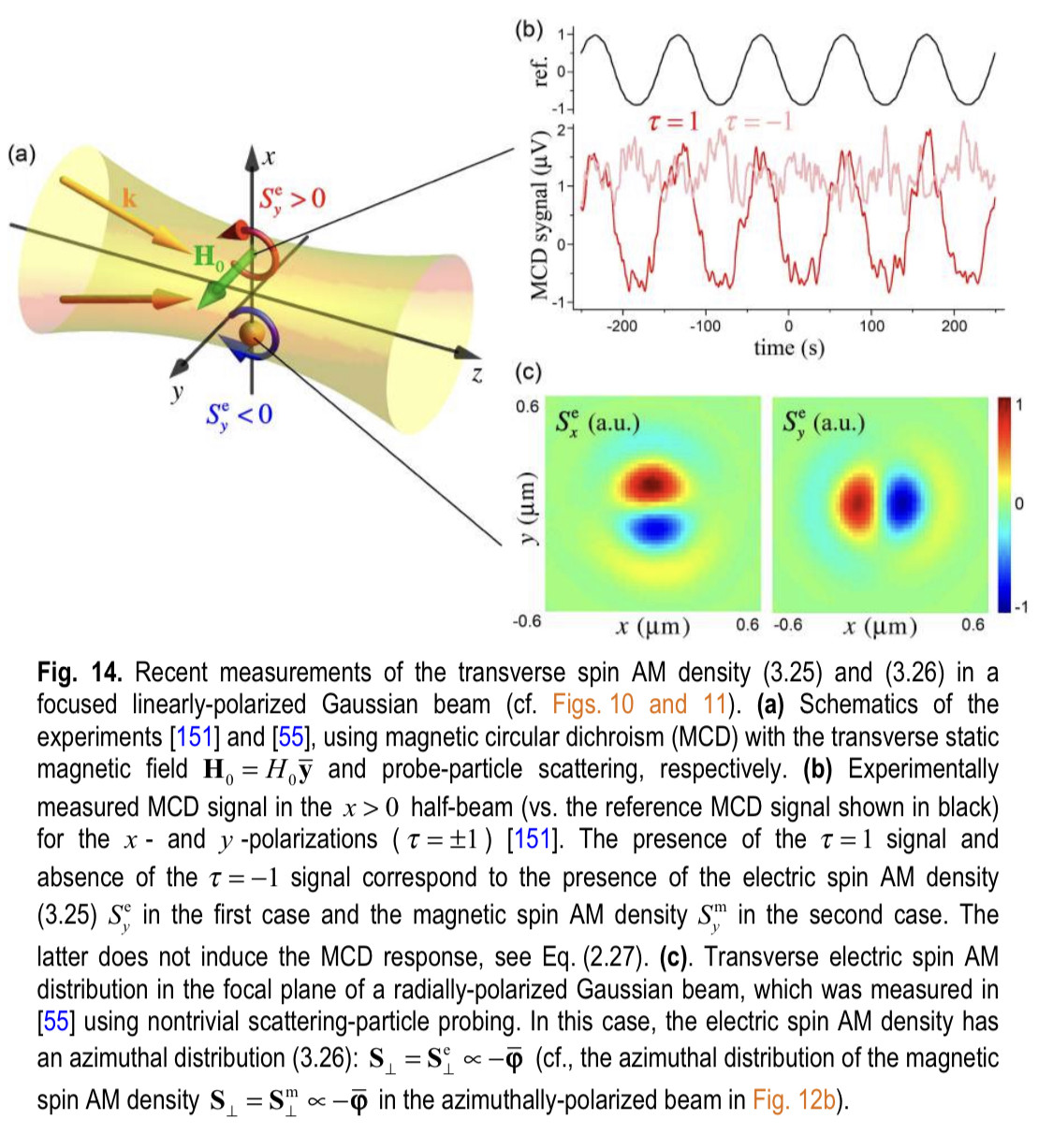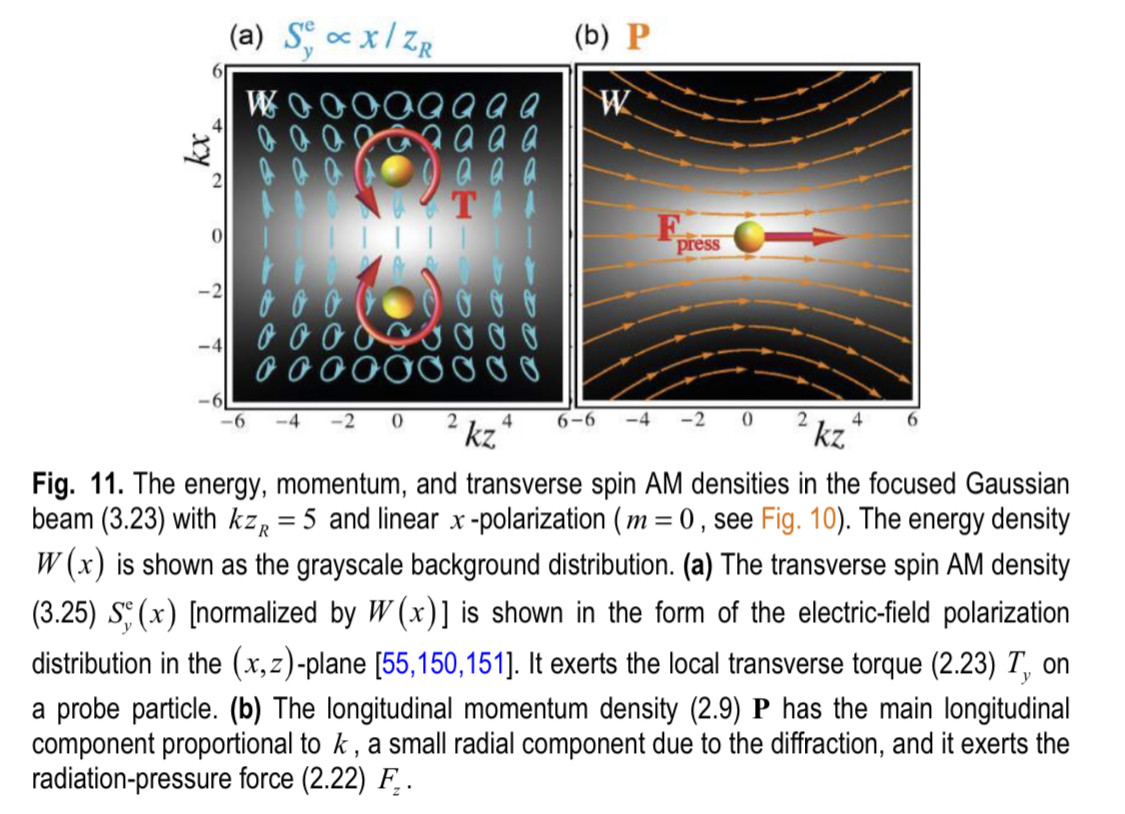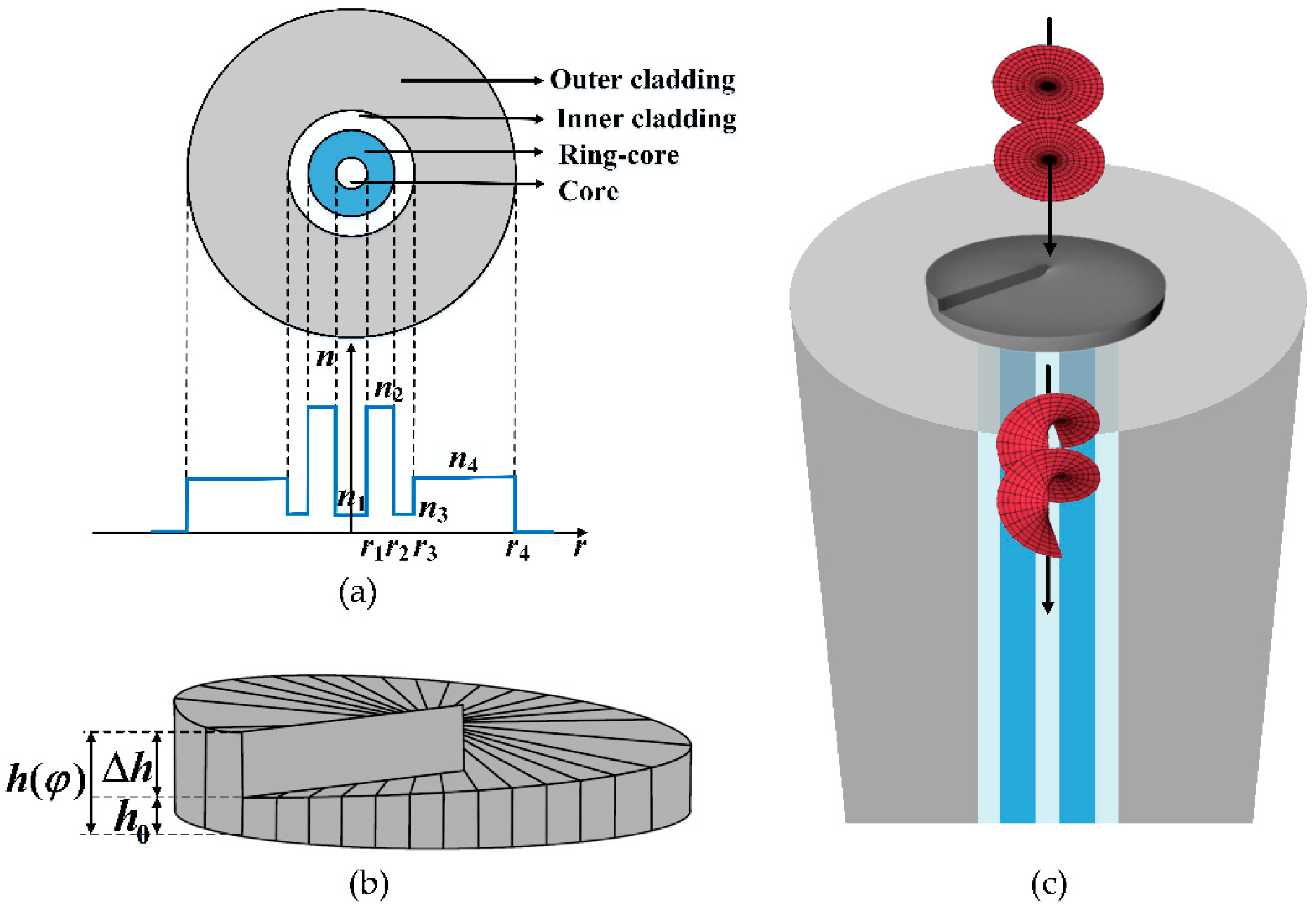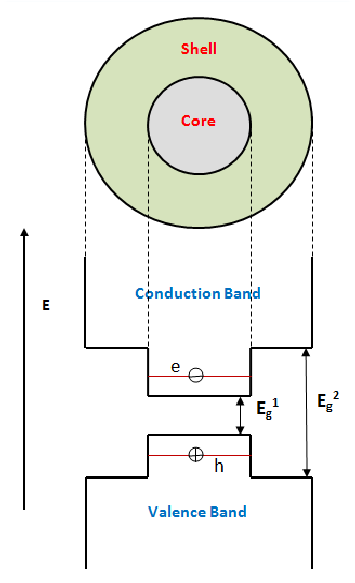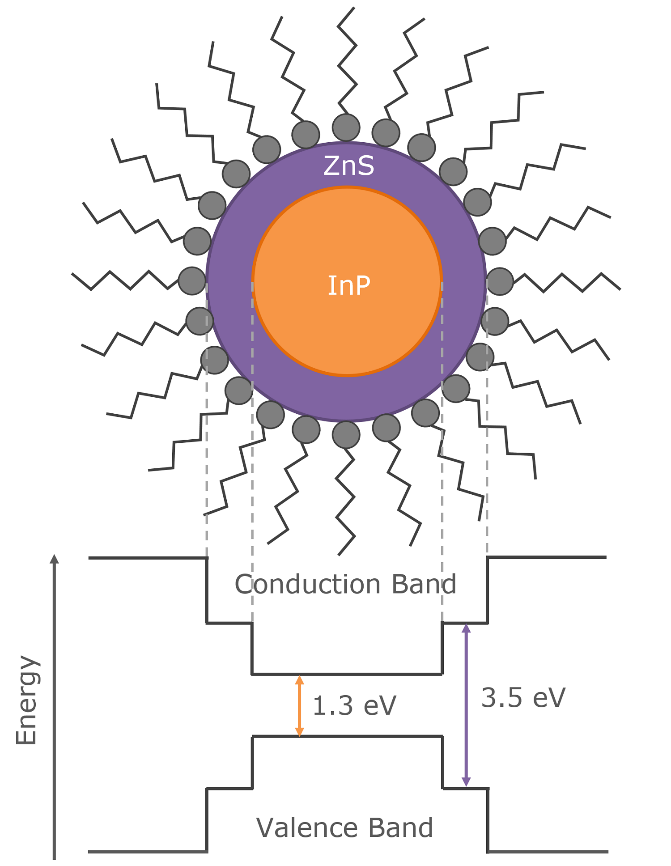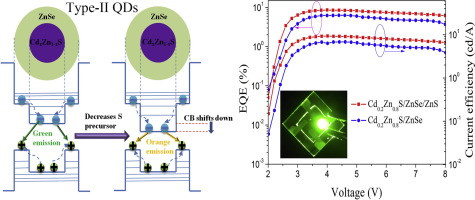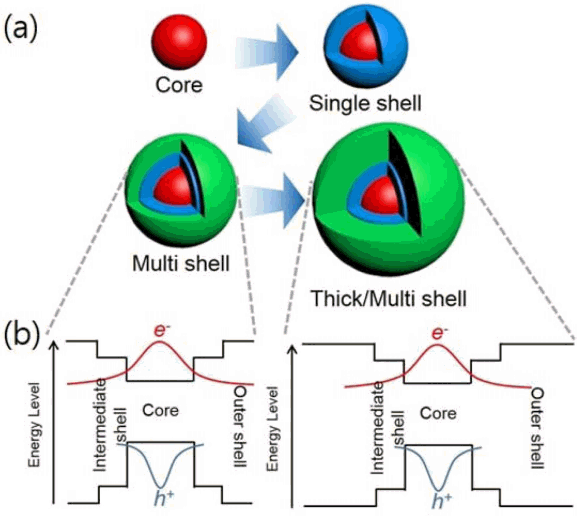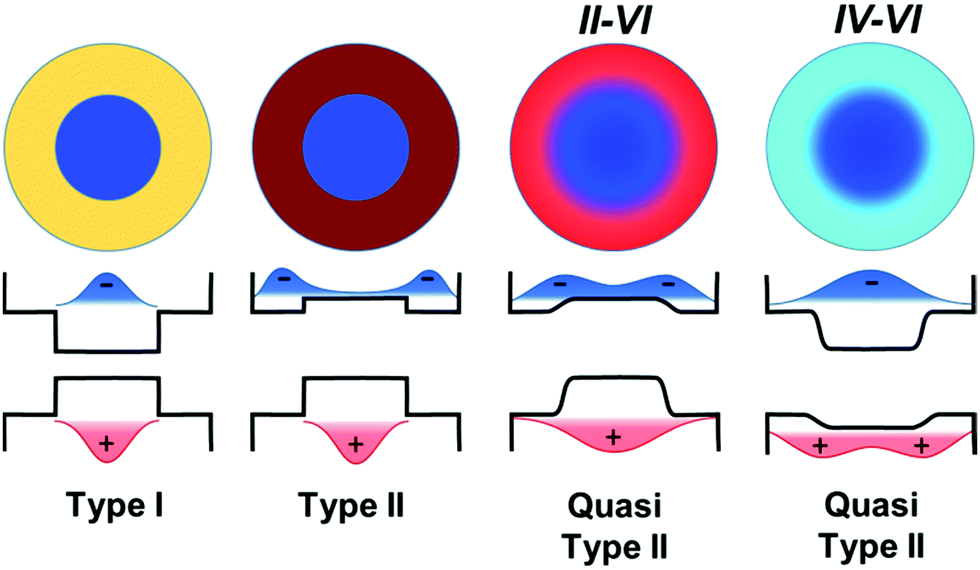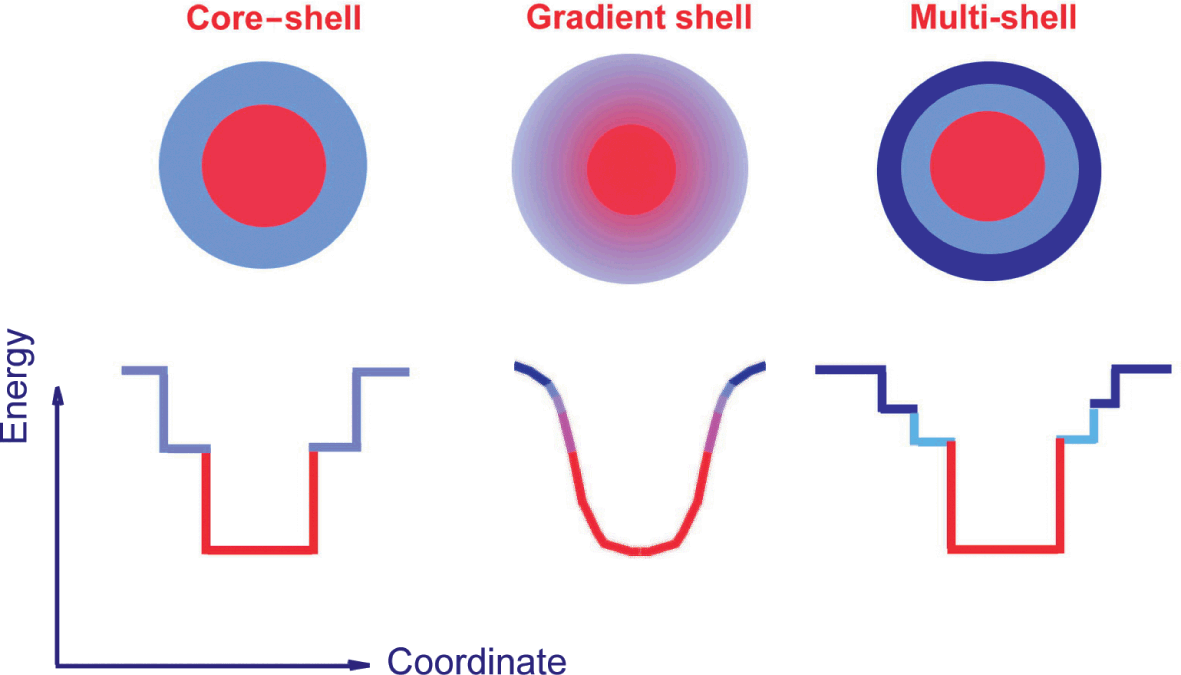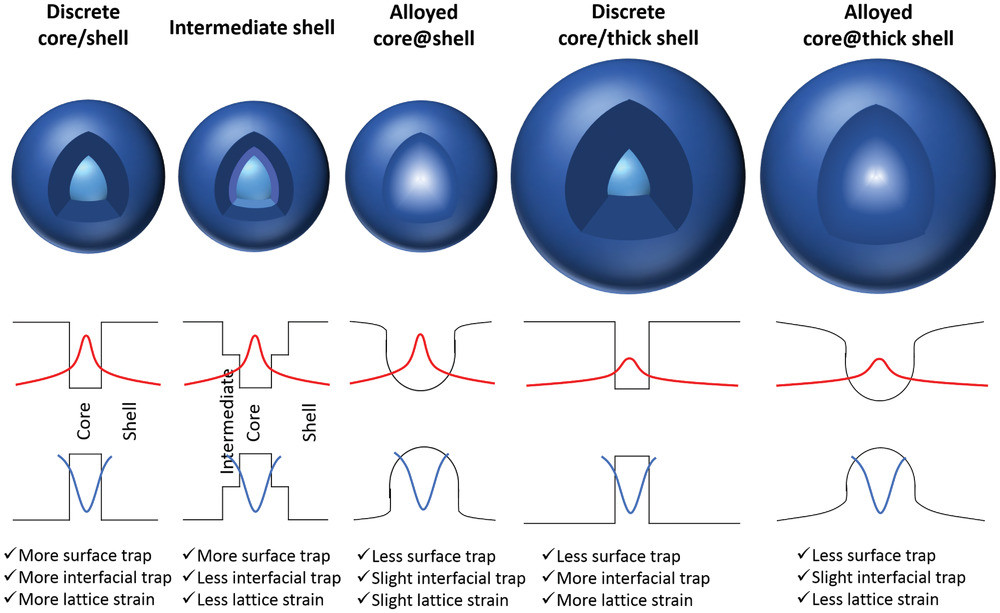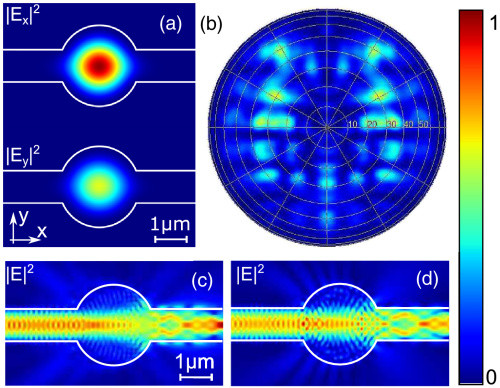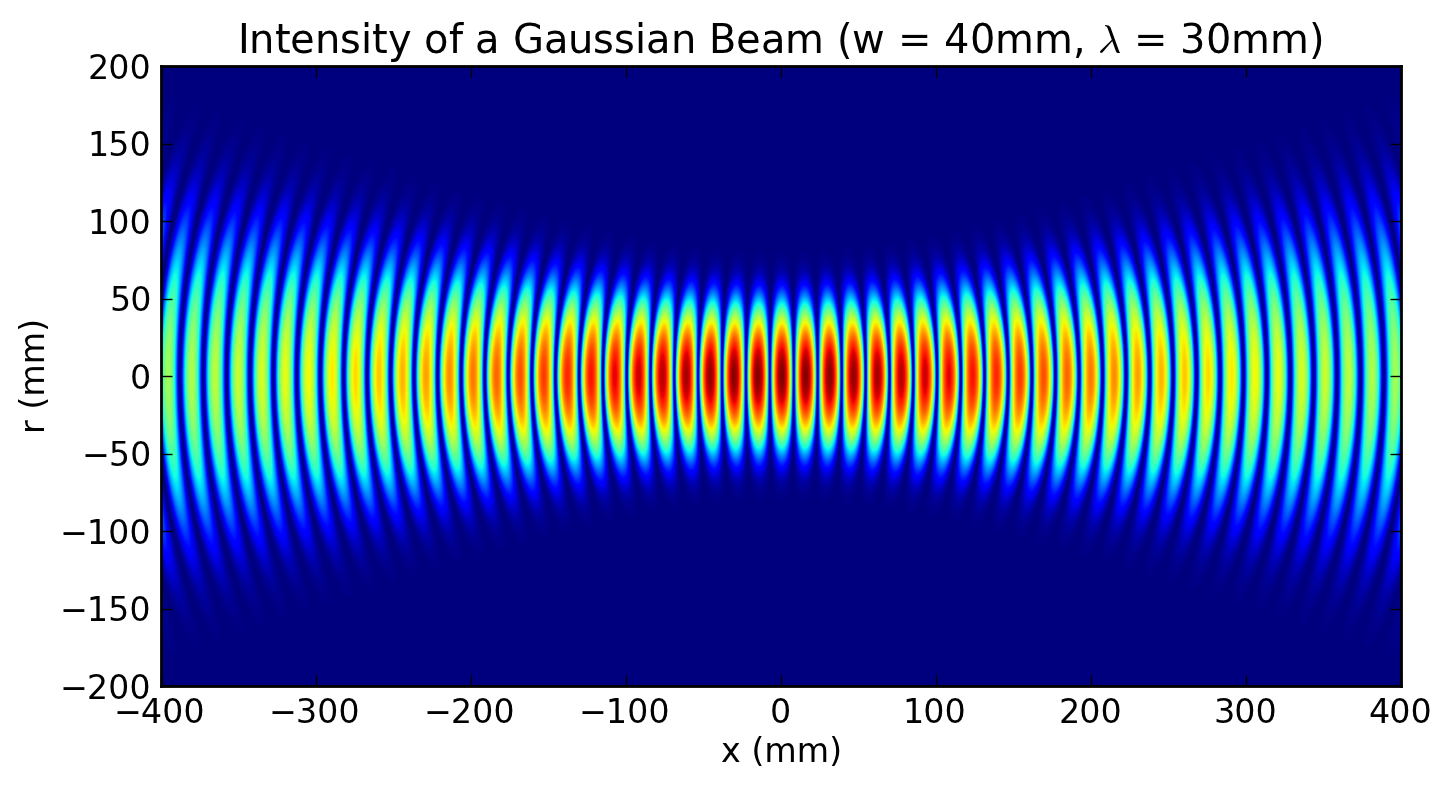So a solid lipid nanoparticle (Pfizer vaccine) can be used as a microlens array for optogenetic stimulation of the brain.
Praying for President Donald J Trump & all those souls dedicating themselves to saving the world from those who seek to destroy us.
🙏 Dear God protect us
God bless.
Fig. 1. Simulation of the confined modes in the device for a 2.5 µm diameter cavity and a 0.95 µm waveguide. (a) Intensity of the 𝑥
(𝑦) electric field component for the 𝑥(𝑦)
-polarized confined cavity mode. The two modes, split by 0.05 nm and overlapping by 92%, have different strengths but similar spatial extent. (b) Far-field image of the device with the cavity in the center when pumped from the side, as illustrated in (c) and (d). The far field is on a half-sphere calculated at 1 m distance from the device and is plotted in polar coordinates. The intensity does not match the common intensity scale on the right. The intensity of the total scattered light to the top is less than 10−4. (c), (d) Electric field propagating in the waveguide at the height of the quantum dots, injected on the left into the fundamental eigenmodes of the waveguide; (c) is polarized along the 𝑦
and (d) along 𝑧 direction.
Only followers of this user (@GodsGraciousGift) can see their posts
In optics, a Gaussian beam is a beam of electromagnetic radiation with high monochromaticity whose amplitude envelope in the transverse plane is given by a Gaussian function; this also implies a Gaussian intensity (irradiance) profile. This fundamental (or TEM00) transverse Gaussian mode describes the intended output of most (but not all) lasers, as such a beam can be focused into the most concentrated spot. When such a beam is refocused by a lens, the transverse phase dependence is altered; this results in a different Gaussian beam. The electric and magnetic field amplitude profiles along any such circular Gaussian beam (for a given wavelength and polarization) are determined by a single parameter: the so-called waist w0. At any position z relative to the waist (focus) along a beam having a specified w0, the field amplitudes and phases are thereby determined[1] as detailed below.

